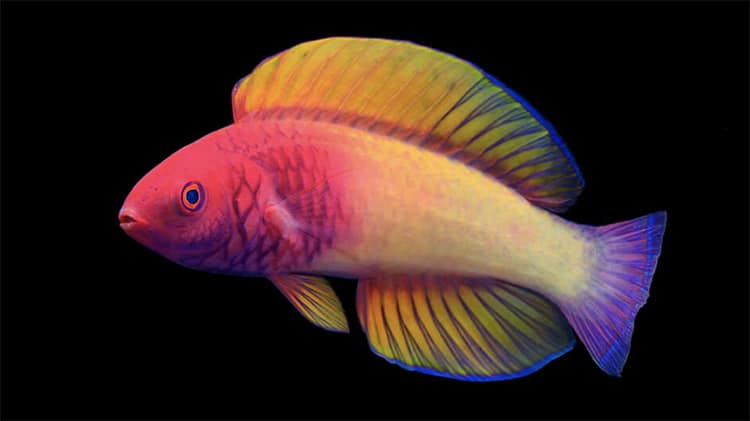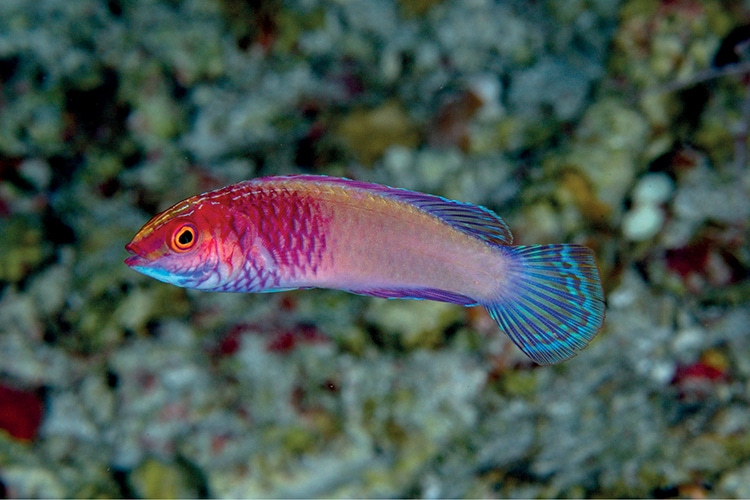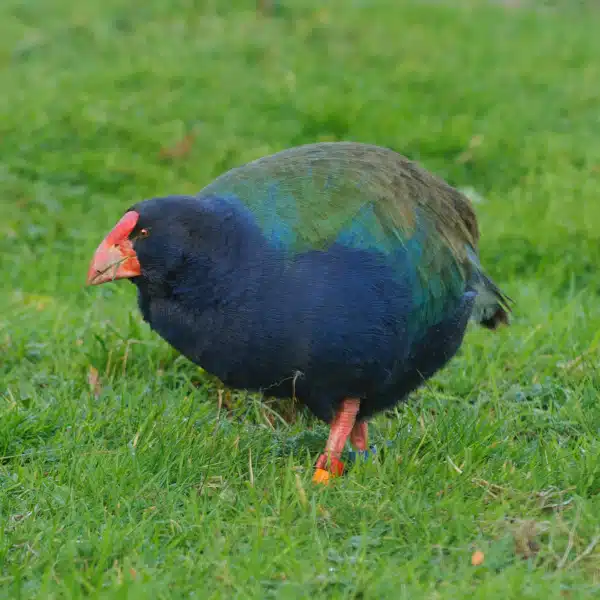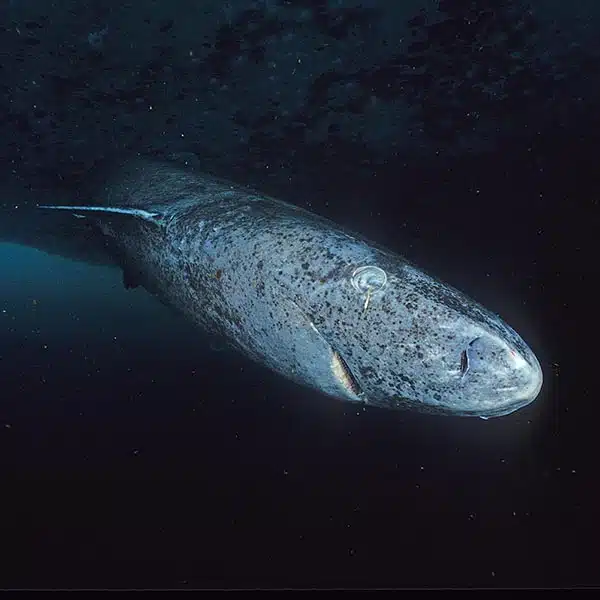
Cirrhilabrus finifenmaa, or the Rose-Veiled Fairy Wrasse, a new species. (Photo: Yi-Kai Tea/California Academy of Sciences)
Untold wonders fill the seas. In 2022, a new wonder was revealed: an elusive rainbow-colored fish in the waters off the Maldives. The rose-veiled fairy wrasse—or Cirrhilabrus finifenmaa—darts along the reefs. Patterned in yellow, rose, and violet, the interesting creature is born female and becomes male as it ages. This shift in gender is accompanied by one in the vivid color of its scales. This special trait is just one example of gender fluidity in nature.
The rose-veiled fairy wrasse was first sighted in the 1990s by scientist John Ernest Randall. However, Randall believed the colorful fish was simply another color-changing species at a different age. It was not until 2022 that the species was scientifically described as distinct. “Finifenmaa” means rose in the local Dhivehi language. It acknowledges the Maldivian national flower, the pink rose. Researcher Ahmed Najeeb of the Maldives Marine Research Institute made history in the description of the fish, as the first local scientist to describe a species native to the region.
The rose-veiled fairy wrasse lives about 130–230 feet below the surface of the Indian Ocean. This region is known as the mesophotic, or twilight, zone. Divers with special breathing systems must descend to spot the brightly colored critters. Like other wrasse species, the fish are born female; and as they mature, they become males. They become more decadent and colorful as they change their gender. The Vibranium fairy wrasse (Cirrhilabrus wakanda, named in 2019 after the metal of Black Panther) begin life with vivid purple scales and, as their gender shifts, their heads turn bright yellow. Thankfully, Dr. Yi-Kai Tea, a fellow at the Australian Museum Research Institute in Sydney, tells The Guardian, “As far as we know, they are not under any immediate risk.”
The rose-veiled fairy wrasse begins life female and later becomes male, demonstrating fluidity of gender in nature.

The rose-veiled fairy wrasse off the coast of the Maldives. (Photo: Wikimedia Commons, Public domain)
h/t: [The Guardian]
Related Articles:
Study Finds That 65 Different Species of Animals Laugh To Express Happiness
New Bee With a Dog-like Snout Is Discovered in Australia
New Owl Species Has Been Documented on Príncipe Island off the Coast of Africa
One of the World’s Rarest “Lost Bird” Species Photographed in Colombia






















































































